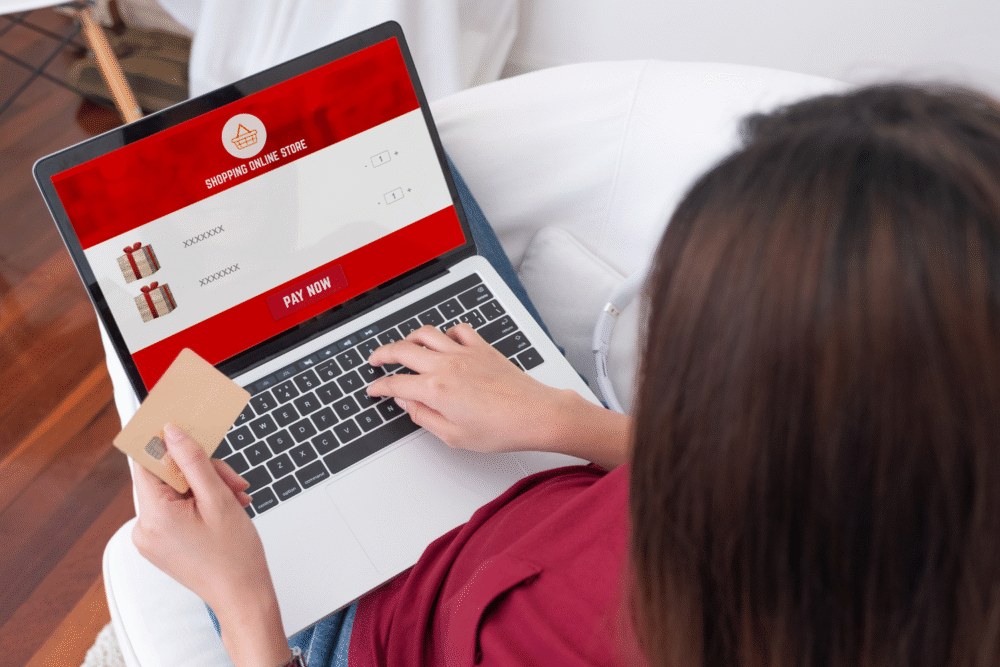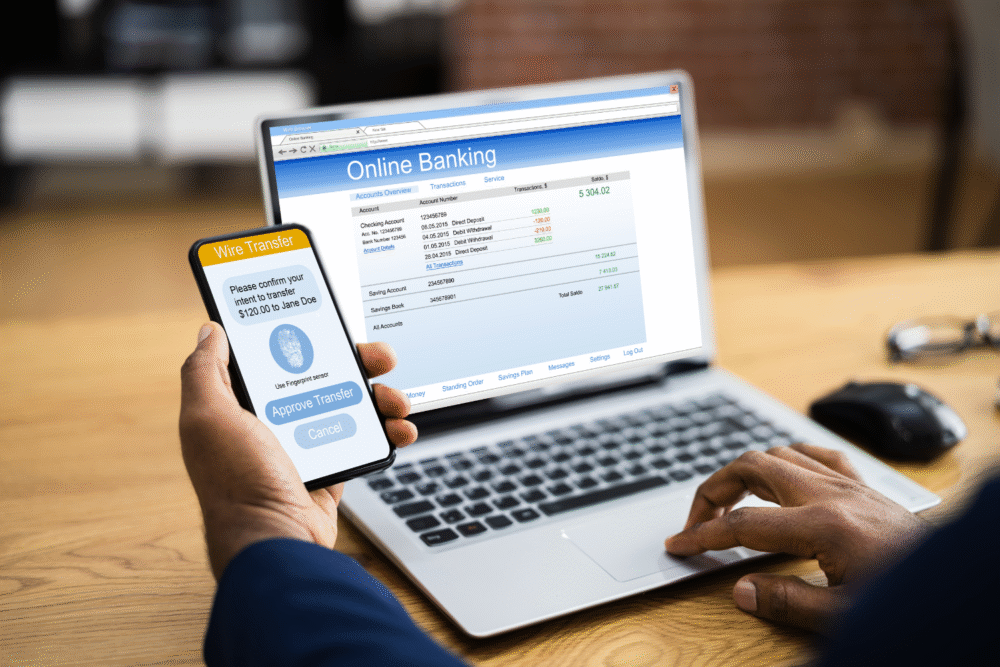The checkout lane is the new front in the war on credit card fees.

At the digital checkout, a quiet but fierce battle is being waged for the future of payments. For decades, the credit card has reigned supreme, its convenience making it the default choice for most consumers. But that convenience comes at a high cost to merchants, who pay a fee of 2-3% on every transaction. Now, a new contender is emerging to challenge that dominance: Pay-by-Bank.
This technology, which allows you to pay a merchant directly from your bank account through an open banking connection, promises a simpler, lower-cost alternative. But for consumers accustomed to the rewards and protections of credit cards, the choice is not so simple. Understanding when to use this new option is key.
1. You should use it for large purchases when the merchant offers a discount.

The primary incentive for merchants to offer Pay-by-Bank is to avoid the high interchange fees charged by credit card networks. Some savvy merchants are passing a portion of these savings on to the customer in the form of a small discount for choosing the Pay-by-Bank option. This is most common for large, considered purchases like furniture, electronics, or travel.
When a merchant offers you a 1% or 2% discount to pay directly from your bank, it can be a smart move. On a $2,000 laptop, that’s a real savings of $20 to $40, which may be more valuable than the credit card rewards you would have earned.
2. You can use it as a tool to avoid credit card debt.

For people who struggle with credit card discipline, Pay-by-Bank can be a valuable tool for staying on budget. Because the money is debited directly from your bank account, it functions like a digital debit card. You can only spend the money you actually have, which makes it impossible to accumulate high-interest credit card debt on a purchase.
If you are trying to stick to a strict budget or break the habit of relying on credit, choosing the Pay-by-Bank option can be a form of self-imposed financial discipline, ensuring your purchase doesn’t come with a long-term financial hangover.
3. Only use it when you have a high degree of trust in the merchant.

When you use Pay-by-Bank, you are creating a direct link to your bank account. While the technology uses secure connections, it’s still wise to be selective about which merchants you grant this access to. It’s best to reserve this payment method for large, reputable, and well-known retailers that you have a high degree of trust in.
For a small, unfamiliar, or brand-new online store, the security and fraud protection offered by a credit card is a much safer bet. You should be more cautious about using a direct bank link with merchants who do not have a long and established track record.
4. You should not use it when you need purchase protection or chargebacks.

This is the most significant trade-off. Credit cards offer powerful consumer protections, including the right to dispute a charge if a product is defective, not as described, or never arrives. This chargeback mechanism is a crucial safety net for consumers. Pay-by-Bank transactions, like debit transactions, do not typically offer this same level of protection.
If you are buying a complex product, a final sale item, or anything from a merchant you’re not 100% sure about, the protections offered by a credit card are invaluable. You should not use Pay-by-Bank for any transaction where you think there is a chance you might need to dispute the charge later.
5. It is not ideal for subscriptions that might be difficult to cancel.

Signing up for a recurring subscription service can sometimes feel like entering a maze that’s easy to get into but hard to get out of. Some companies make the cancellation process deliberately difficult. If you’ve authorized a company to make automatic withdrawals from your bank account, stopping those payments can be more difficult than canceling a charge on a credit card.
For trial offers or any subscription service you are not completely certain you will keep long-term, using a credit card (or even better, a virtual card number) provides an extra layer of control and makes it easier to cut off the payments if needed.
6. It can be a great option for paying recurring household bills.

While it’s risky for some subscriptions, Pay-by-Bank is an excellent choice for paying stable, recurring bills to trusted providers, such as your utility company, your city for property taxes, or your landlord for rent. These are established, non-disputable expenses with reputable payees.
Many of these providers may even offer a small discount or waive the “convenience fee” they would otherwise charge for a credit card payment. Using Pay-by-Bank for these types of bills can be a simple way to save a few dollars each month and streamline your bill-paying process.
7. Do not use it if you are chasing valuable credit card rewards.

For many financially savvy consumers, credit card rewards are a major part of their financial strategy. Earning 2% to 5% cash back or valuable travel points on every purchase can add up to thousands of dollars a year. Using Pay-by-Bank means you are forgoing the opportunity to earn these valuable rewards.
You need to do the math. If a merchant is offering a 1% discount for using Pay-by-Bank, but your credit card gives you 2% cash back, you are better off using the credit card. You should only choose the bank payment option if the offered discount is greater than the rewards you would otherwise earn.
8. It can be a useful backup when you’ve hit your credit limit.

Pay-by-Bank can serve as a practical backup payment method. If you are close to the credit limit on your credit card but need to make an essential purchase, the direct bank payment option provides a way to complete the transaction without having to use a different card or delay your purchase.
This can be particularly useful in situations where you are waiting for a payment to post to your credit card to free up your available credit. It provides a level of payment flexibility that can be helpful in managing your overall credit utilization and cash flow.
9. You can use it to support small businesses that are hurt by card fees.

For small, local businesses, the 2-3% fee on every credit card transaction can take a significant bite out of their already thin profit margins. When you choose to use a lower-cost option like Pay-by-Bank, you are directly helping that business keep more of its hard-earned money.
This can be a conscious ethical choice to support your local community. While you might be forgoing a small amount of credit card rewards, you are providing a tangible benefit to a small business owner. It’s a way to vote with your wallet and help local enterprises thrive.
